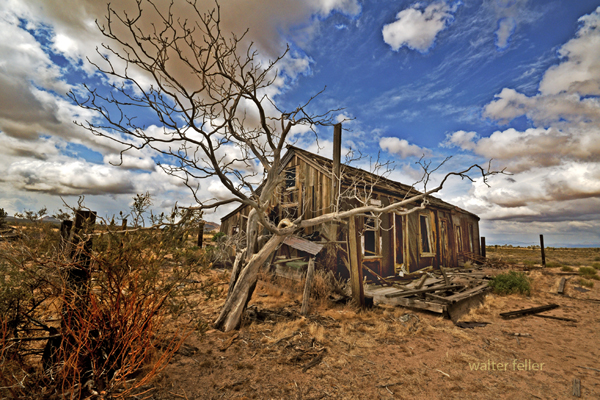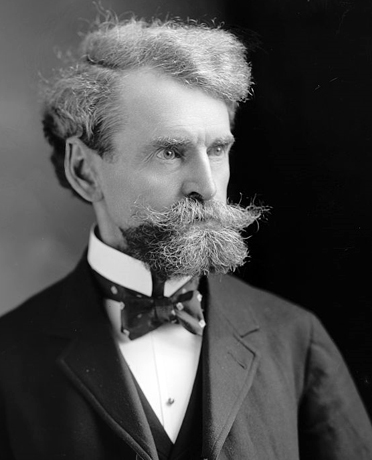--
Cima, California

Cima, California, is a historic railroad town within the Mojave National Preserve that sprang into being in the early 1900s as a crucial water stop for steam locomotives on the Los Angeles and Salt Lake Railroad. It also served as a ranching center and supply point for mining operations in the Ivanpah and Clark ranges nearby. Its importance slowly waned in the face of diesel locomotives and declining mines. Though now largely uninhabited, the history of Cima as a transportation, ranching, and mining center provides a glimpse at what it takes to thrive in the harsh environment of the Mojave Desert.
Though now largely uninhabited, the history of Cima as a transportation, ranching, and mining center provides a glimpse at the hardiness and ingenuity required to thrive in this harsh environment of the Mojave Desert.
Kelso Station
Kelso, Ca.
Cima Gallery
Kelso - Cima Road
Union Pacific
S.P. L.A. & Salt Lake RR
Coming of the Railroads

Senator William A. Clark
Ecology